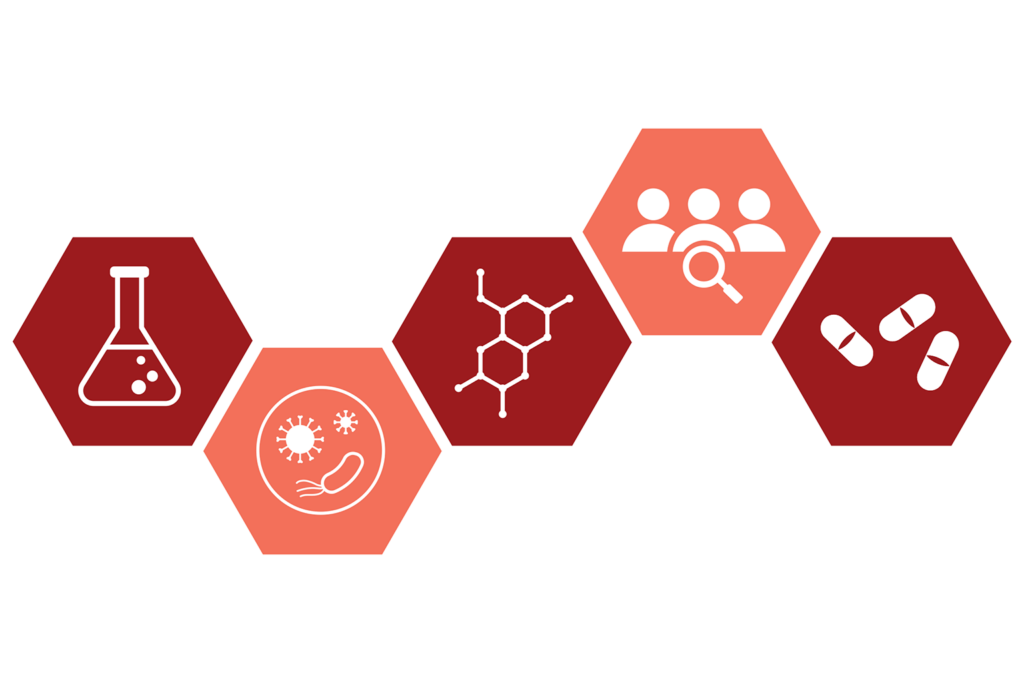Schaeffer Center White Paper Series | DOI: 10.25549/abr5-n176
Abstract
Pharmaceutical policy often affects the revenues of innovation-oriented firms. The Inflation Reduction Act of 2022 is the most prominent recent example: It allows Medicare to negotiate price discounts on selected prescription drugs using the overwhelming bargaining leverage of the federal government. These prices will go into effect in 2026. Economic theory suggests that reductions in revenue eventually translate into reduced rates of innovative effort—generally measured using some proxy for research and development (R&D). The question then becomes: How large is the impact? Researchers often measure this effect using the “elasticity” of innovation, which measures the percentage change in a measure of innovation—like Phase 1 trial starts or new drug approvals—that results from a percentage change in expected or actual revenues. We critically review the literature estimating this elasticity, along with alternative estimation strategies (including a study by the Congressional Budget Office). All the studies conclude that the elasticity is positive—i.e., lower revenues lead to less R&D—but estimates vary widely. However, we argue that a typical long-run elasticity associated with U.S. revenues lies within the range of 0.25 to 1.5, implying that for every 10% reduction in expected revenues, we can expect 2.5% to 15% less pharmaceutical innovation. Some caution is warranted, however, as a single elasticity does not apply to all contexts. The magnitude of the elasticity likely varies with time horizon, the magnitude of the price change, the size of the patient population and other marketplace factors.
Policy Implications
Economic theory suggests that reducing drug spending by lowering drug prices—through regulation or other means—will reduce future medical innovation. A key policy question is: by how much? If the effects are large, price reductions by government fiat could have long-term negative impacts on population health, ultimately diminishing or outweighing the benefits of short-term spending reductions. This debate was pushed to the forefront by the 2022 Inflation Reduction Act’s Medicare Drug Price Negotiation program.
We review the economic literature on this topic, with a focus on estimates of the elasticity of innovation, i.e. the percentage change in clinical trials or new drugs approved resulting from a percentage change in expected or actual revenues. We argue that a typical long-run elasticity associated with U.S. revenues lies within the range of 0.25 to 1.5, implying that for every 10% reduction in expected revenue, pharmaceutical innovation falls by 2.5% to 15%. We also review what this evidence means for assessments by the Congressional Budget Office of the Inflation Reduction Act. As policymakers evaluate their options to manage healthcare costs, significant care should be taken to balance reductions in health outcomes long-term with short-term access improvements.
Key Takeaways
- The study examines the “elasticity” of innovation, which measures how responsive innovation (e.g., the number of Phase 1 trials or new drug approvals) is to a change in expected or actual revenues.
- Economic evidence demonstrates this elasticity is positive—meaning lower revenues lead to less R&D—but estimates vary widely.
- The long-run innovation elasticity associated with U.S. revenues lies between 0.25 and 1.5, implying that a 10% reduction in expected revenues leads to a 2.5% to 15% decline in pharmaceutical innovation.
- The magnitude of this elasticity likely depends on the time horizon studied, the size of the price change, cost of drug development, barriers to value-based pricing, and other marketplace factors.
This white paper was funded by the USC Schaeffer Center, which is supported by funding from a wide variety of public and private institutions and donors, including the pharmaceutical industry. A complete list of our funders can be found in our annual report.
A press release covering this white paper’s findings is available here.
Read the full white paper here.
Sign up for Schaeffer Center news
